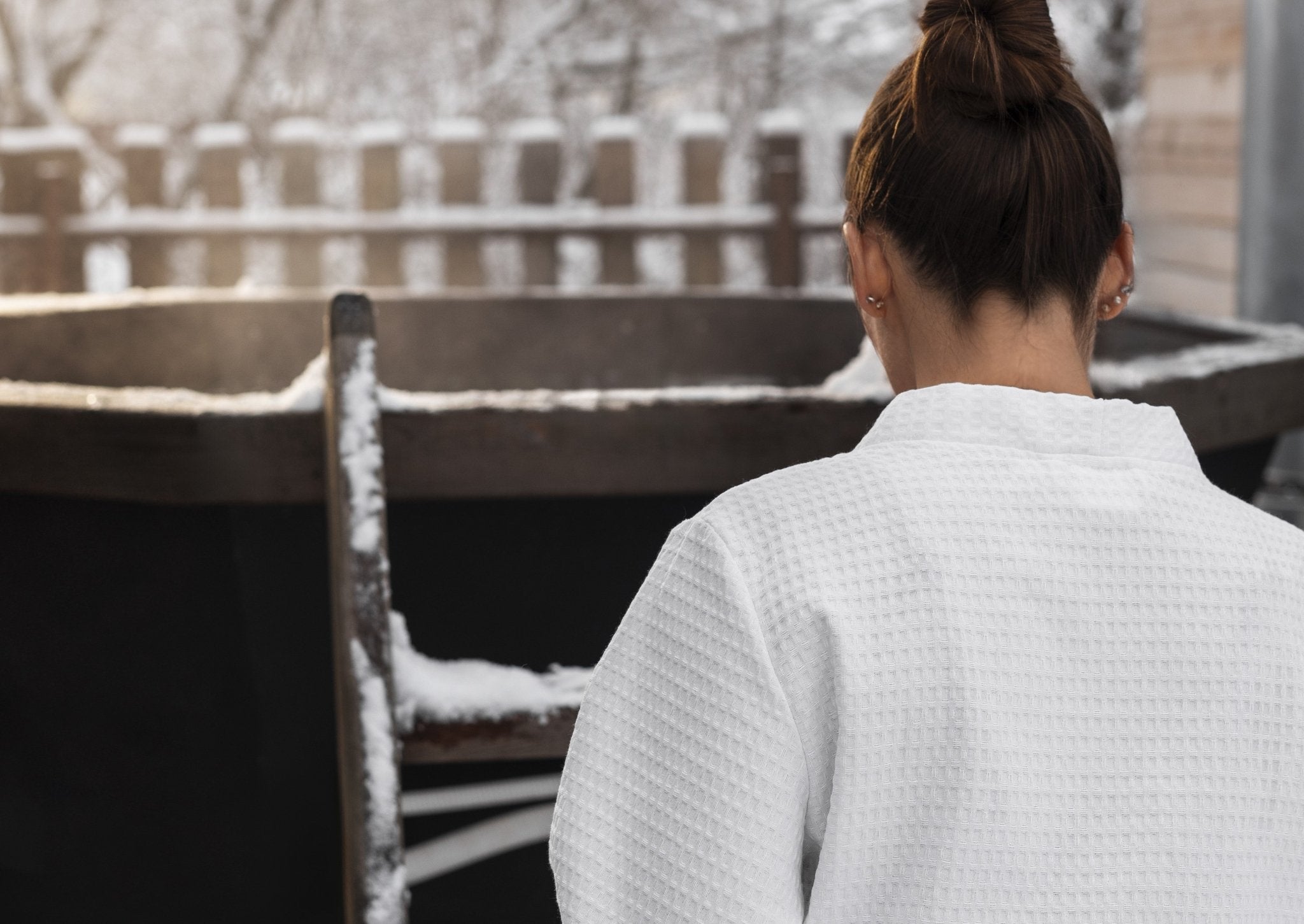Ice baths, or cold plunges, are widely recognized for their benefits in reducing inflammation, improving recovery times, and boosting overall wellness. However, a common question arises: Should you take ice baths when you're sick? This blog explores the potential benefits and risks of cold therapy when dealing with illness.
Understanding the Immune Response to Cold Therapy
Immune System Boost Cold therapy, including ice baths, has been shown to boost the immune system. Research indicates that regular exposure to cold water can enhance immune function. A notable study from the Netherlands in 2016 found that participants who took cold showers called in sick 29% less than those who did not. This suggests that cold therapy might help in preventing illnesses and improving overall health.
Risks of Cold Exposure While cold therapy can boost the immune system, it's crucial to be aware of the potential risks. Prolonged exposure to cold can lead to hypothermia or frostbite. Those with certain medical conditions should consult a healthcare professional before starting a cold therapy routine. Always ensure that you follow safe practices to avoid adverse effects.
Should You Take an Ice Bath While Sick?
Mild Illnesses For minor illnesses, such as a common cold without a fever, taking an ice bath can be beneficial. Ice baths help reduce inflammation and muscle soreness, potentially easing some of the discomfort associated with being sick. Additionally, the endorphin release from cold exposure can improve mood and provide a temporary energy boost.
Severe Symptoms If you are experiencing more severe symptoms, such as a high fever, it is best to avoid ice baths. A fever indicates that your body is fighting an infection, and immersing yourself in cold water can lead to a temporary cooling effect followed by an increase in core body temperature as your body attempts to rewarm. This can be counterproductive and might worsen your condition.
Consult Your Doctor It is always advisable to consult your healthcare provider before continuing or starting cold therapy when you are sick. They can provide personalized advice based on your specific health condition and symptoms.
Ice Baths and Fever: A Risky Combination
While it might seem logical to cool down a fever with an ice bath, this approach can be misleading. The body’s natural response to cold exposure includes a rewarming mechanism, which can lead to a higher core body temperature after the initial cooling effect. Therefore, it is generally recommended to follow your doctor's advice for managing fever instead of using cold therapy.
Maintaining Your Cold Therapy Routine in Cold Weather
Adapt Your Routine You can continue your cold therapy routine even during cold weather, but it’s essential to adapt your pre- and post-ice bath practices to ensure you stay safe. Ensure that you have a warm place to recover and dry off thoroughly to avoid hypothermia.
Indoor Alternatives If the weather is particularly harsh, consider indoor alternatives such as cold showers. This can provide similar benefits without the added risk of prolonged exposure to the cold outdoors.
Conclusion
When deciding whether to take an ice bath while sick, consider the nature and severity of your symptoms. For mild illnesses, ice baths can offer relief and support recovery. However, for more severe symptoms, especially fever, it is best to avoid cold therapy and follow medical advice. Always prioritize your safety and well-being by consulting healthcare professionals before making any significant changes to your health routine.
Ice baths can be a powerful tool for maintaining health and enhancing recovery, but their use should be tailored to individual health conditions and circumstances. Stay informed, stay safe, and enjoy the benefits of cold therapy wisely.



Leave a comment
This site is protected by hCaptcha and the hCaptcha Privacy Policy and Terms of Service apply.